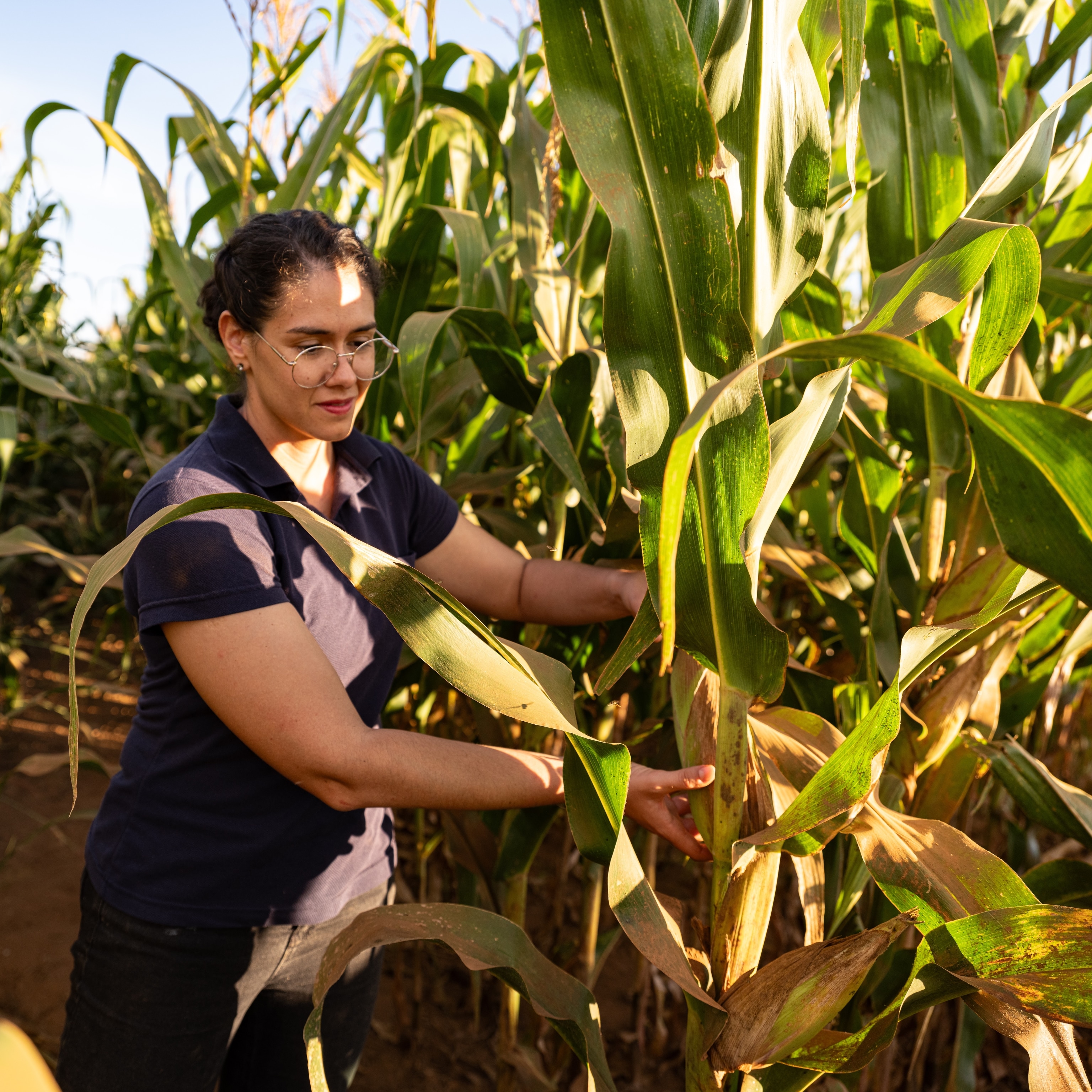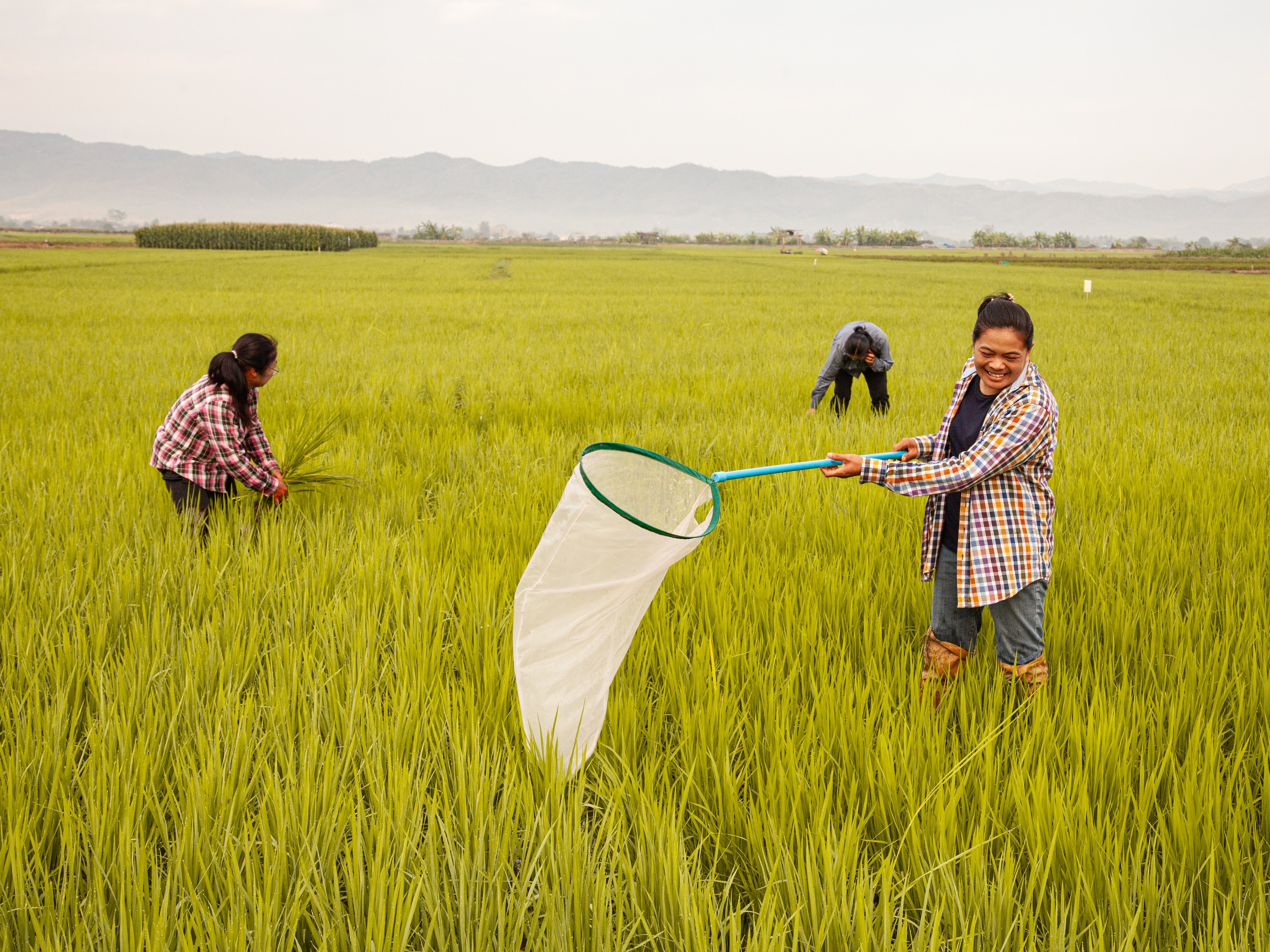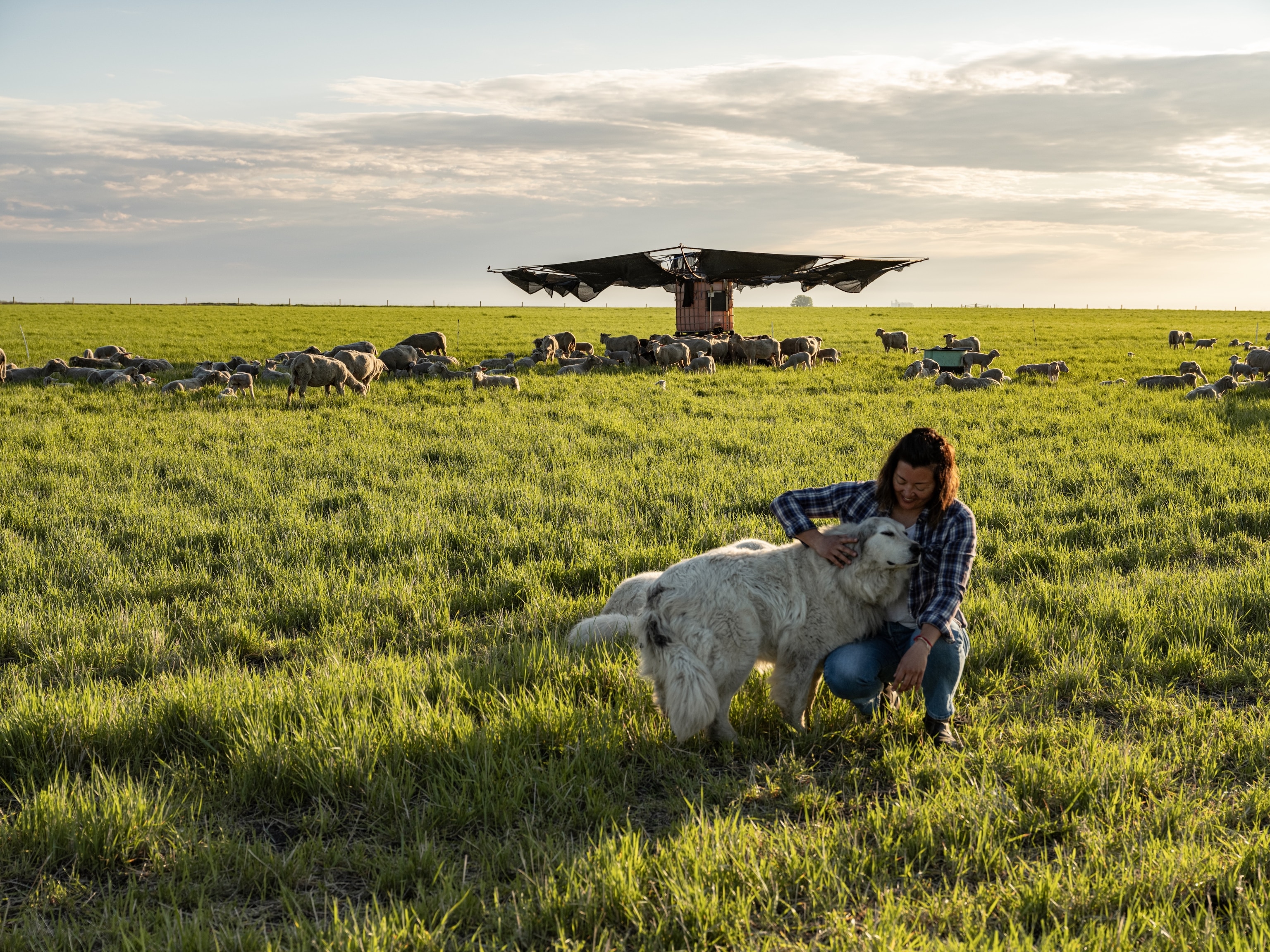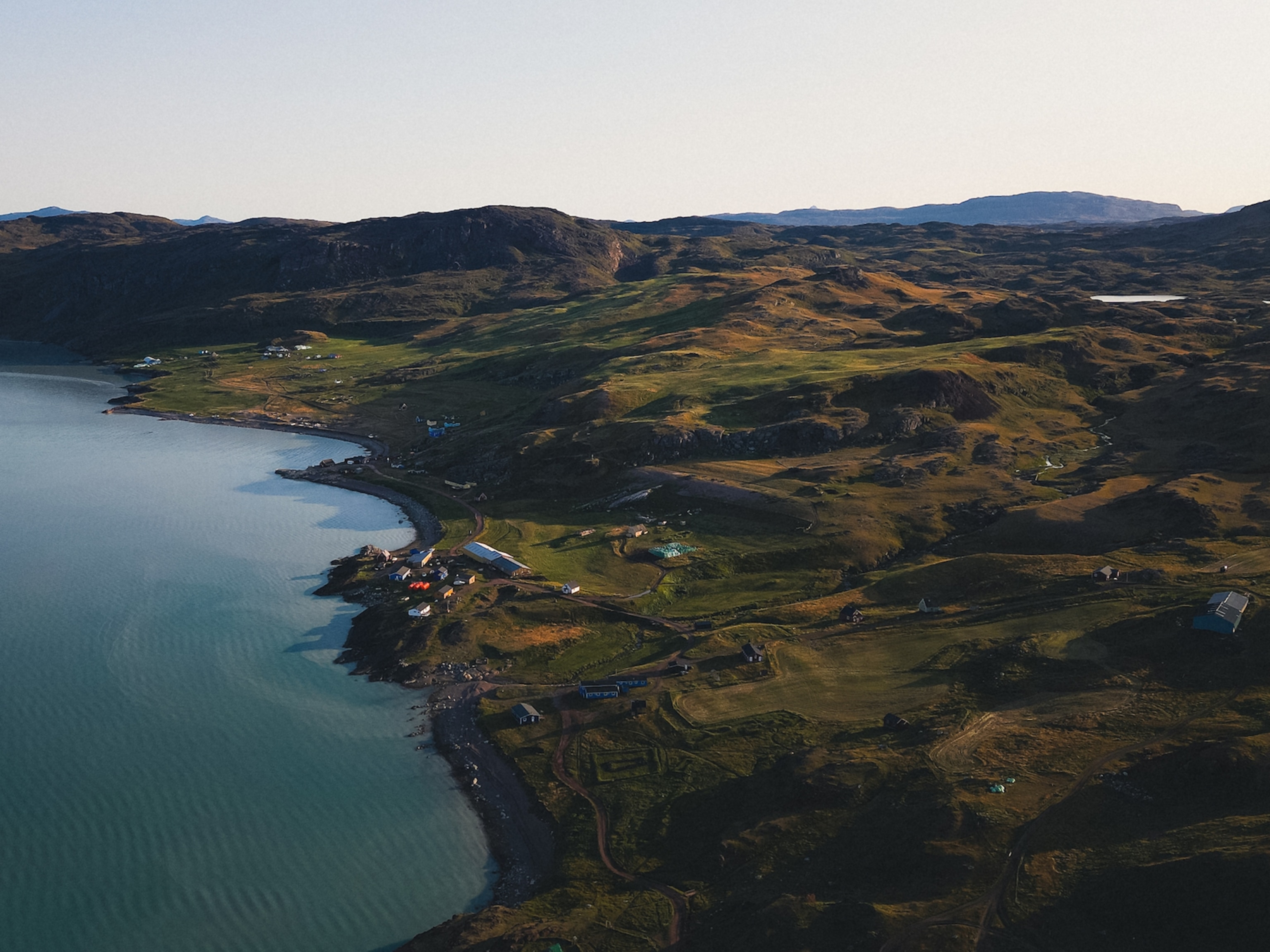I’m listening to Nikki Gruss as she recounts the history of Point Reyes Farmstead Cheese, located in a patchwork of green high above Tomales Bay, in Northern California’s Point Reyes National Seashore.
The farm’s lead hospitality coordinator, Gruss describes how the rye grass, seasoned by the marine air and Pacific coastal fog, influences the cheeses’ flavors before introducing me to “the girls”—the farm’s herd of Holstein cows. Then, she leads me to hilltop hospitality center The Fork, where boards groan under bread and crackers, dollops of chutney, and fat wedges of creamy, blue-veined cheese.
I can almost taste the terroir in the cheese—almost, but not quite. I’m exploring the farm via my computer screen, on a pre-recorded virtual tour, part of the company’s efforts to survive the unprecedented challenges of 2020.
Point Reyes is one of many family-run artisan cheese companies in California’s storied wine country forced to make changes in a relentlessly awful year. It’s a year that began with the coronavirus pandemic, has been complicated by the spread of wildfires since late summer, and—in many parts of Sonoma, Napa, and Marin counties—is ending under drought restrictions.
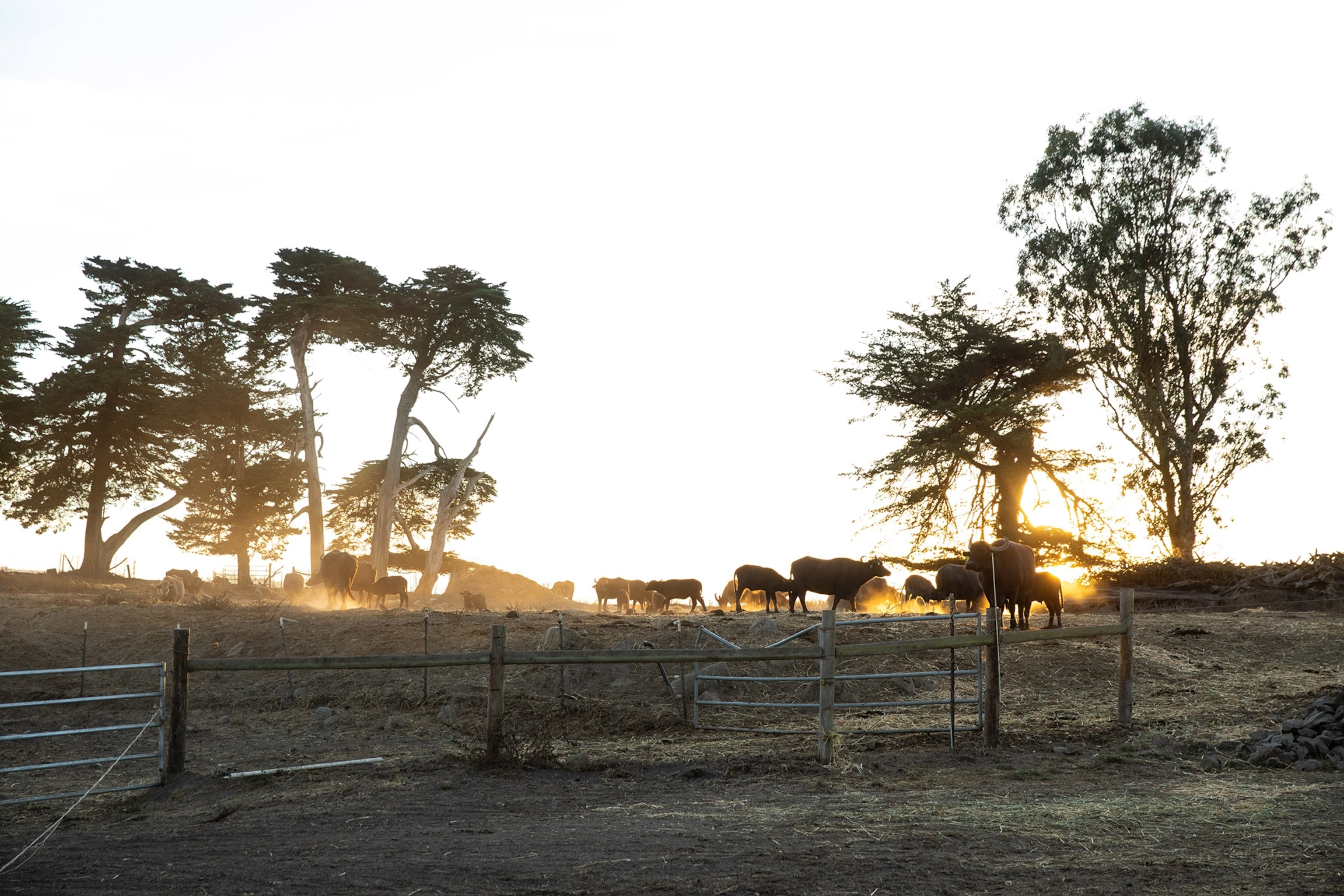
The winter holidays should be Point Reyes’s busiest season. But the restaurant and hospitality center, normally bustling with events and tastings, have been closed since March. The Giacomini family—which has owned the farmstead for 60 years—suffered another blow when their summer reopening was cut short by the fires, one of which—the Woodward Fire—burned just five miles away.
“We couldn’t bring any visitors to the farm. It was so devastating to our team,” says co-owner, Jill Giacomini Basch.
But in the face of such setbacks, Point Reyes and other wine country dairy farms are tapping into a history of resilience and entrepreneurship to not only survive but also thrive in a historically challenging time.
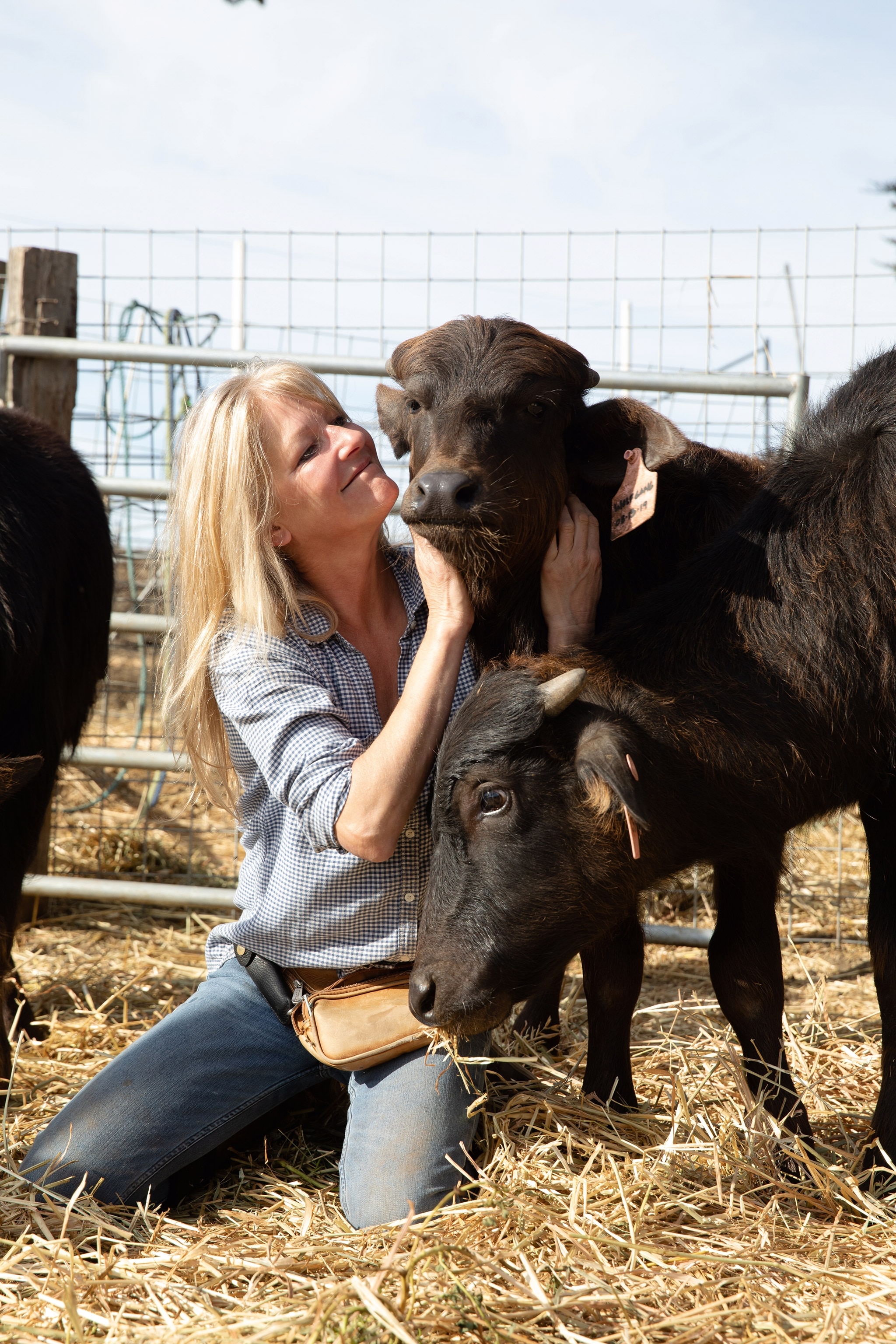
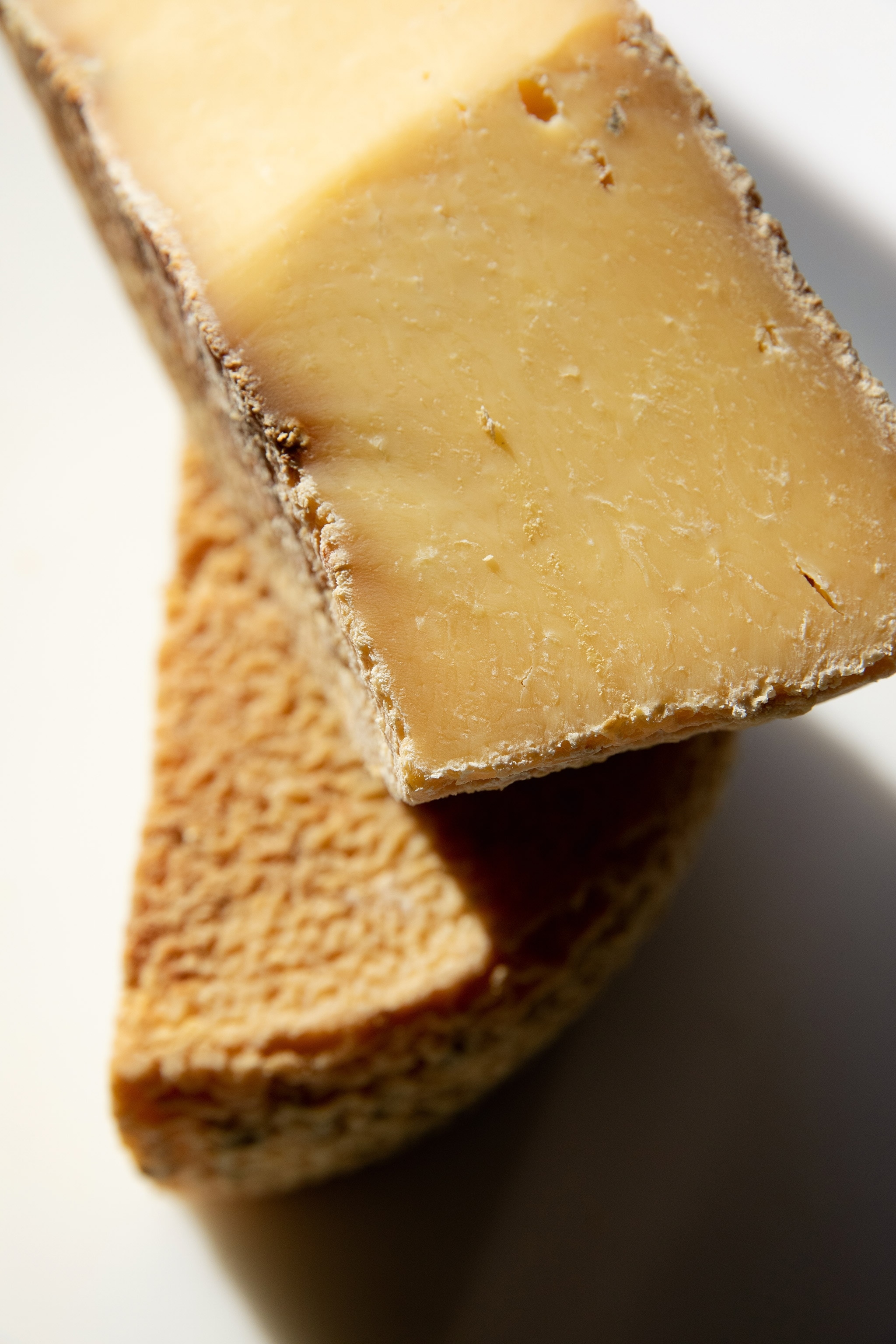
Finding ways to pivot
Point Reyes is part of the California Cheese Trail, an online map, app, and guide that pinpoints 40-odd artisan producers located as far south as El Centro near Baja up to Crescent City near the Oregon border.
The trail was the brainchild of Vivien Straus, a local who grew up on her family’s dairy in Marshall, California, and was keen to help struggling independent farmers stay in business by creating interest in agritourism.
Since it launched in 2011, the trail has spawned a new market, with tours and tastings at farms and creameries becoming increasingly popular for visitors looking for something to do between wine tastings.
Many cheesemakers opened to the public for the first time due to the interest generated by the trail’s official map, and tours became a crucial part of their business. But recent challenges have kept visitors away, forcing these companies to rethink strategy.
“COVID was terrifying for most cheesemakers,” says Straus. “Especially those [the majority] that have most of their business with restaurants. As restaurants needed to close, their business fell away and tours needed to stop.”
The trail project and other organizations, including industry body the California Artisan Cheese Guild, have rallied to help dairies stay afloat.
Anthea Stolz, the guild’s executive director, says the pandemic’s “devastating blow” was compounded by the record-breaking wildfires, which consumed more than four million acres in California; the “August Complex,” the state’s first “gigafire,” burned over a million.
(Related: Wildfires have ravaged Napa Valley. Will California’s wine industry survive?)
“Cheesemaking is truly a labor of love and cheesemakers already operate with thin margins, even in the best of times,” says Stolz. “With restaurant and food service sales for cheese basically collapsing overnight, and retail consumers preferring more economical commodity cheese, at least initially, the onset of the pandemic was terrible for cheese sales.”
The guild ran social media campaigns to encourage people to support local farms, hosted a series of weekly “Cheese Chats” with cheesemakers on its Instagram, and is hosting a digital San Francisco Cheese Fest: Holiday Edition in December, with remote events planned in place of the usual three-day California Artisan Cheese Festival in spring 2021.
So far, says Stolz, only one maker has closed. Others are “hanging on” through innovation, determination, and community spirit. Rumiano Cheese, for example, launched “Board at Home,” packaging a selection of their cheeses with those from smaller companies that may have fewer resources.
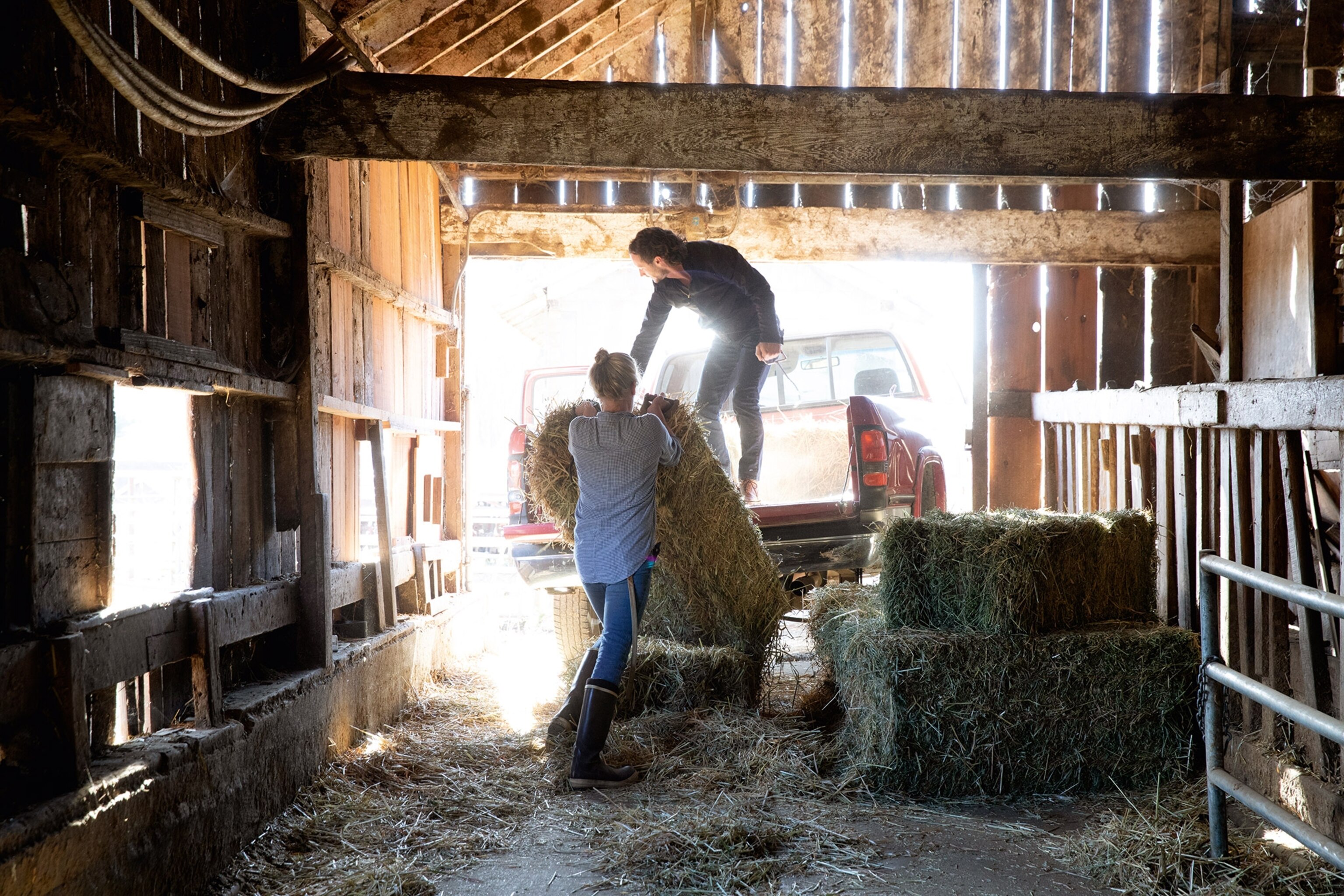
Cowgirl Creamery, whose popular dairy products are made in a converted barn by Point Reyes National Seashore, similarly includes wedges by other local makers in its mail order “Good Neighbors” initiative.
Others, like Point Reyes Farmstead, have launched virtual tours and tastings, jazzed up their websites and delivery systems, and created farm boxes, and dinner kits.
“They found ways to pivot,” says Straus. “Retail business increased, many opened online shops, and some created to-go meal options. There have been pop-ups near their creameries. A couple got through the worst of it with farm stays and vacation rentals.”
Tasting the terroir
Ramini Mozzarella is among the few cheesemakers to continue with (socially distanced) farm tours. Perched high in the village of Tomales, a few miles from the coast in Marin County, it’s the only farm in California making buffalo mozzarella. Visitors can sample platters of the delicate, creamy and softly spongy cheese before brushing “the babies,” as Audrey Hitchcock Ramini calls them.
It’s a unique experience. When I visited in late 2019, I was quickly buried in a heap of sleepy water buffalo calves, each—from Dolly Parton to Patti Smith—named after a musician. Their behavior is a chemical reaction, explained Ramini. When they’re happy, the decidedly dog-like bovines release oxytocin, sometimes called the “cuddle hormone.” First, their tails curl, then they drop to the ground in a blissful stupor.
Ramini started Ramini Mozzarella in 2008 with her husband Craig, who died in 2015. It was “his baby,” she admitted during my visit, adding that it was her love for the animals that kept—and keeps—her going. That and pure adrenalin, perhaps. It vibrated from her as she flitted between the buffalo pen and the tin-roofed milking barn, tidying things away and making sure her animals were relaxed. The mothers are only separated from the calves for milking once a day, and Ramini believes they’re happier—and produce better milk—because of the closeness they’re able to maintain.
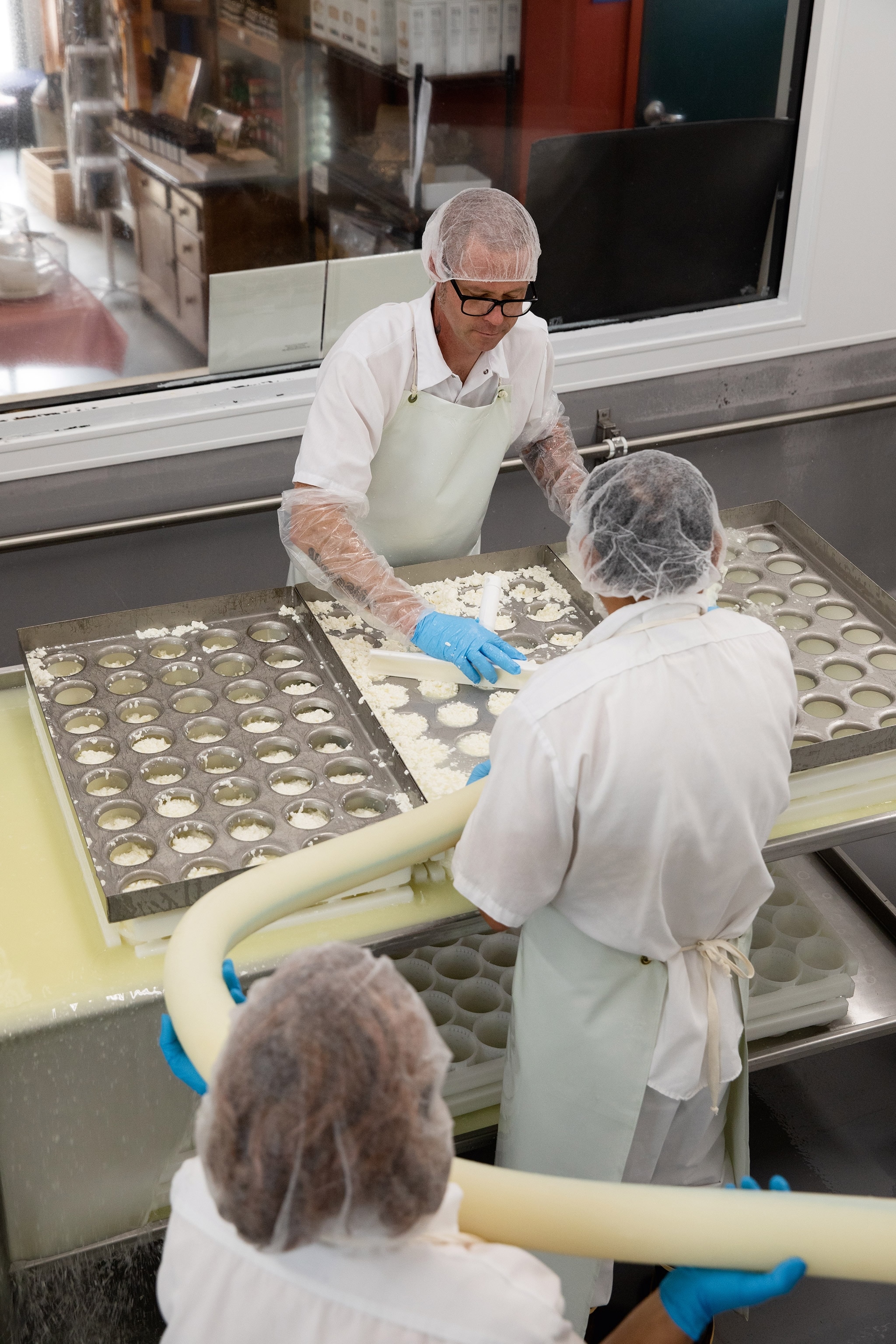
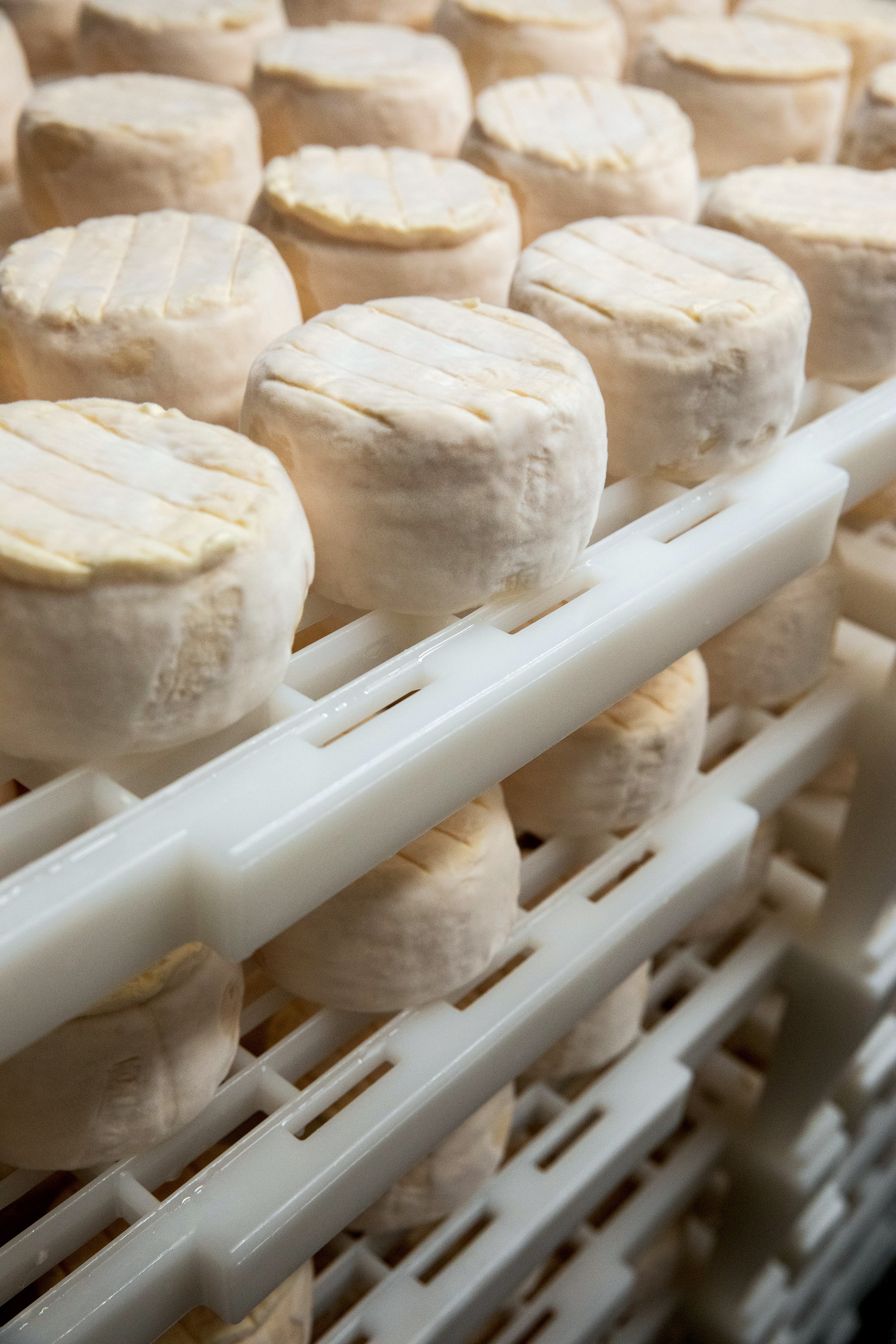
What began with five buffalo is now a herd of 66. “It was a crazy idea,” says Ramini. “But then I just fell in love with these guys.”
If one word can sum up the boutique creameries and farmsteads of the North Bay together, it’s “eclectic.” Styles range from silky cream cheeses to aged, Italian-style hard varieties, and from springy asiago to blue cheeses. The milk comes from goats, cows, and sheep.
(Related: This scientist is unlocking the mysteries of cheese.)
At Bohemian Creamery, on a hilltop near Sebastopol, Lisa Gottreich keeps a herd of Alpine dairy goats, blending their milk with sheep’s and cows’ to create cheeses threaded with wild blue rye molds.
Two miles south, at William Cofield Cheesemakers, Keith Adams and Rob Hunter make British-style cheddar and Stilton in a corrugated shed at The Barlow, an outdoor shopping area with clothing stores, cafes, and beauty salons. Like garagiste winemakers, who source grapes from others’ vineyards, the pair buy their milk from regional dairies.
There’s no regional specialty; if anything, the defining characteristic is that there isn’t one. Just as Sonoma’s wineries successfully grow grapes from pinot noir to zinfandel, the varied terroir here imbues cheeses with a range of different qualities, with the seasons overlaying additional nuances of taste and texture.
Ramini explains that her dairy’s delicate mozzarella, for example, tends to have the “sweetness of grass” in spring and summer, especially when there’s been decent rainfall. “It’s more minerally in winter,” she adds.
At the Achadinha Cheese Company, a hilltop farm just outside Petaluma, Donna Pacheco supplements her cows’ diet of grass with fermented mash grain from local breweries. She believes this, along with naturally occurring yeasts that drift through the air here, lends complex flavor profiles to her cheeses, which range from addictive squeaky curds to six-month-aged broncha, which dances between fruit and pepper.
“Different breweries impart different flavors,” says Pacheco. “It’s like a vintage. It gives each cheese a different taste.”
‘Cow heaven’
Although cheese tourism is relatively new in Northern California, the area’s dairy history stretches back to the 1750s, when Spanish missionary Father Junípero Serra introduced dairy cows to the region. During the Gold Rush of the mid-19th century, Point Reyes peninsula—dubbed “cow heaven” because of its salt-sprayed grasslands—became a hub of dairies supplying butter and cheese to San Francisco’s miners.
In the years since, the number of dairies in Marin County has plummeted, dropping from 200 in 1950 to around 30 today, largely due to market fluctuations and increasing demand for land from developers. In the late 1970s, Point Reyes was earmarked for new freeways and shopping malls.
Ranchers, environmentalists, and community leaders teamed up to prevent the development and, in the process, formed the Marin Agricultural Land Trust (MALT) in 1980. Many farms on the California Cheese Trail are protected by the trust, meaning the land can only be used for agriculture.
Today’s surviving dairies focus on handcrafted cheeses, often produced with milk from certified organic farms. It’s a smart move in an area known for world-class wines and farm-to-fork restaurants, all drawing from abundant local produce. In normal years, that all attracts visitors from around the world.
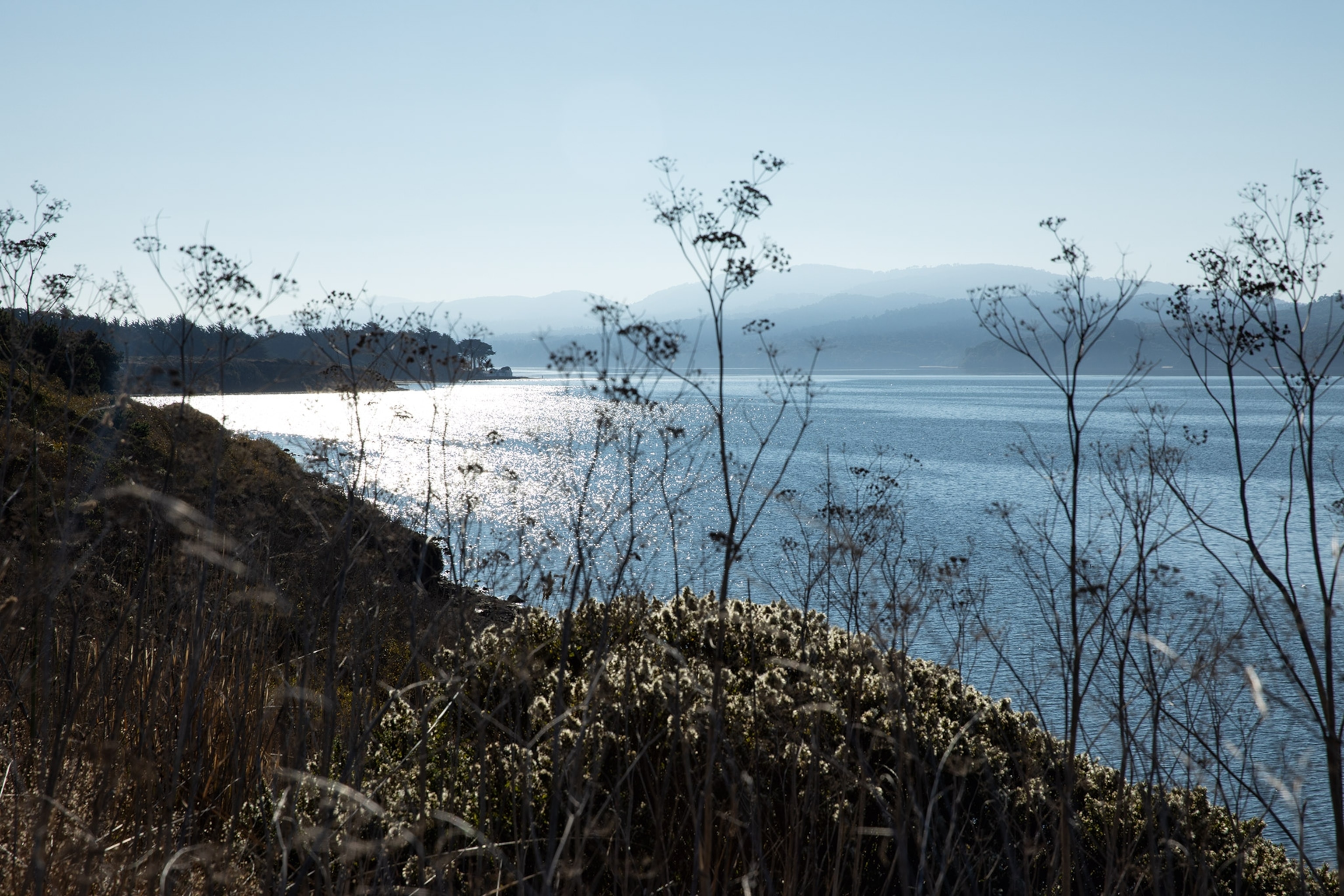
(Related: Here’s why the world needs small farms.)
Driving to the Nicasio Valley Cheese Company, close to Point Reyes, it’s difficult to contemplate all this beauty could have been bulldozed away. The road wiggles beneath vertiginous redwood trees and past fields grazed by black-and-white Holstein cows, offering occasional glimpses of salt marshes and the silvery-sapphire of the Pacific.
The family business was begun as a dairy in 1919 by Rick Lafranchi’s grandfather, who immigrated from Maggia in the Swiss Alps. It wasn’t until the ranch was passed down to Rick and his siblings that they began making cheese—partly to realize a long-standing ambition of their father, Will, who died in 2002.
Rick and his brother Scott spent some time in Maggia, learning to make Swiss mountain-style cheeses before returning to perfect their art at Nicasio. “In Maggia, cows grazing on one side of the valley produce a different-tasting cheese than cows grazing on the other side,” says Rick.
The terroir here in this part of California is equally complex and unique, he claims, boasting some of the best cattle pastures in the world. “People have said the North Bay area could be to cheese what Napa is to wine,” he adds.
Onsite and online retail sales, plus domestic tourism (when allowed) have helped mitigate the impacts brought by the pandemic and wildfires. The latter, says Rick, were “worse for business in the short run,” as people stayed indoors. “We’re not booming but we’re holding our own,” he says. “Our industry has survived because of the efforts of many.”
A tradition of resilience
Nicasio Valley Cheese Company’s story highlights another reason this area has such a range of delicious cheeses: immigrants. The North Bay’s cheesemaking is enriched by their global flavors and influences, much like San Francisco’s culinary landscape is knitted together by many different nationalities and cultures.
At Joe Matos Cheese Factory, in Santa Rosa, Joe and Mary Matos produce semi-hard St. Jorge cheese using a recipe from their native island, São Jorge, in Portugal’s Azores archipelago. Valley Ford Cheese and Creamery, meanwhile, specializes in Swiss-Italian cheeses made from Jersey cow milk.
There’s a palpable entrepreneurial spirit here, too. As with fine wines, creating superior cheese requires an optimal blend of terroir, science, and luck, combined with a stubborn refusal to give up—even in the face of recent challenges.
At Point Reyes Farmstead, the virtual offerings have been a lifesaver. “They really took off, so, while we did have to let our kitchen team go, we were able to retain our hospitality team and move them over to these experiences,” says Jill Giacomini Basch. “We have really been successful in the private events, for corporate purposes and people celebrating birthdays or reunions. It’s a way of getting people together.
“We are tracking to end the year at anywhere to 10 percent below last year to a little better than that. Back in April, I thought we would be down 50 percent.”
Straus, who through the cheese trail is offering free photography to help smaller farms and creameries boost their marketing, believes this resilience and ability to adapt will keep the industry alive.
“I won’t say it’s been easy for any of them,” she says. “I worry about them all. But, boy, they have really pulled out all the stops and used their creativity in a bunch of ways. I believe they will survive.”


